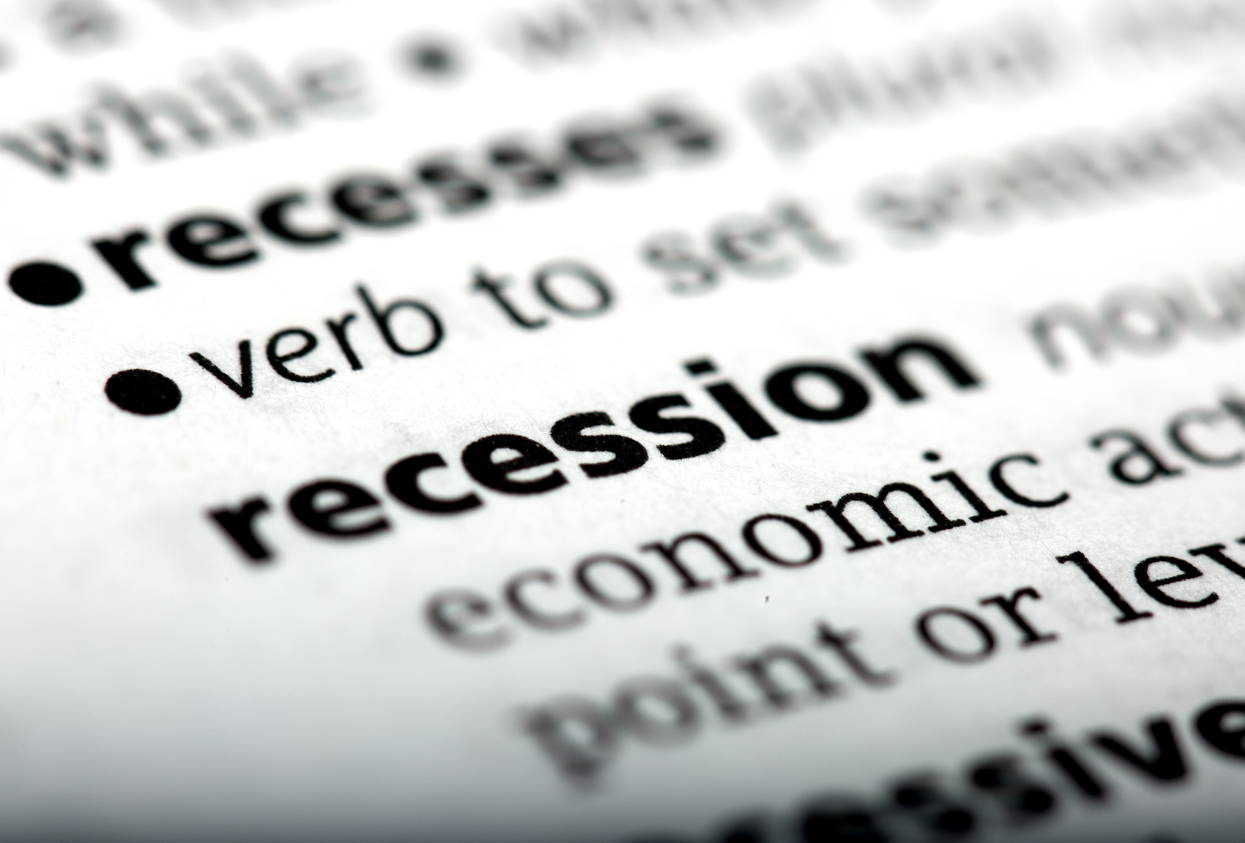
Lessons from the Great Recession in the Time of COVID-19
When the market crashed in 2008, Maryland’s economy took a painfully long period to fully recover. Now, the International Monetary Fund is predicting that the coronavirus-driven global recession will be as severe as the Great Recession of 2008. Maryland should draw lessons from its mistakes in 2008 to help the economy recover quicker from the current downturn.
As businesses remain closed and unemployment rises, the Maryland Comptroller’s Office is predicting that the state can lose up to to $2.8 billion in revenue before the current fiscal year ends. Even when the economy reopens, economists are predicting that the recovery will not happen as quickly as the recession came.
Given this, what does Maryland’s near-term fiscal future look like? Personal income tax revenue makes up 45 percent of the state’s general fund. From 2007 to 2009, personal income tax revenue fell by 9.33 percent, from $10.21 billion to $9.26 billion. If this recession is as severe as the 2008 recession, Maryland should expect to lose about $1.34 billion in personal income tax revenue within two years. In addition, sales tax revenue, which makes up 25 percent of the general fund, would take a sharper hit from this recession than 2008 because all non-essential stores remain closed to contain the virus.
Therefore, in the coming years, Maryland officials will need to make up for a budget gap in the size of billions, just like they did after the 2008 crash. Following the 2008 crash, Maryland, unlike other states, did not make substantial adjustments to keep education and health budgets in line with revenues at then-current tax rates, instead adopting a series of tax hikes. These increases included: raising the sales tax from its long-time level of 5 percent to 6 percent, increasing the corporate income tax from 7 percent to 8.25 percent, increasing the tobacco tax by $1 per pack, and increasing the personal income tax on high-earners.
These new taxes were distortionary, in some cases regressive, and in other cases punitive. For instance, the $2 cigarette tax falls disproportionately on low-income households because they’re more likely to contain a smoker and their overall income level is low. Maryland’s 8.25 percent corporate tax rate, compared to Virginia’s rate of 6 percent, effectively makes Virginia a more appealing business location than Maryland.
Finally, Maryland’s 6.25 percent millionaire’s tax, adopted to raise $106 million in new revenue, led to the number of millionaires who filed state taxes falling by one-third the year after. Instead of raising an additional $106 million, the flight resulted in a steep revenue loss of $257 million. Furthermore, there is a negative “incentive affect” associated with the millionaire’s tax that results in loss of labor productivity and lower economic growth in the long run.
The nonpartisan Tax Foundation now ranks Maryland 43rd out of 50 states in terms of tax climate. Before the Great Recession, Maryland ranked 24th. The Tax Foundation warned in 2007 that “if the proposed tax increases had been enacted in full at the beginning of the 2008 fiscal year… Maryland’s overall rank would be a dismal 43rd.”
Therefore, Maryland can neither afford to nor should respond to the coronavirus budget crunch the same way it reacted to the Great Recession. Further tax hikes of any kind will drive taxpayers and businesses away and make it impossible to restore the state’s fiscal health. From a digital advertising tax to yet another hike of the cigarette tax, the tax hikes that the state General Assembly has already passed this year will punish Maryland’s small businesses and low-income residents who are already being hurt by the pandemic.
Instead, legislators should focus on the long-term fiscal future and economic health of the state, and adopt tax and other policy reforms that are necessary to make Maryland a more attractive state in which to live and work. Such reforms would entail spending restraint and identifying areas of unnecessary, unaccountable, and wasteful government spending. Rethinking the $32 billion Kirwan education plan that encourages the status quo of unaccountable school spending would be a good place to start.
The macroeconomic picture in Maryland is bleak at the moment. Luckily, state officials can use the lessons from the last decade to make better policy decisions this time around, to help Maryland’s economy bounce back quicker.





